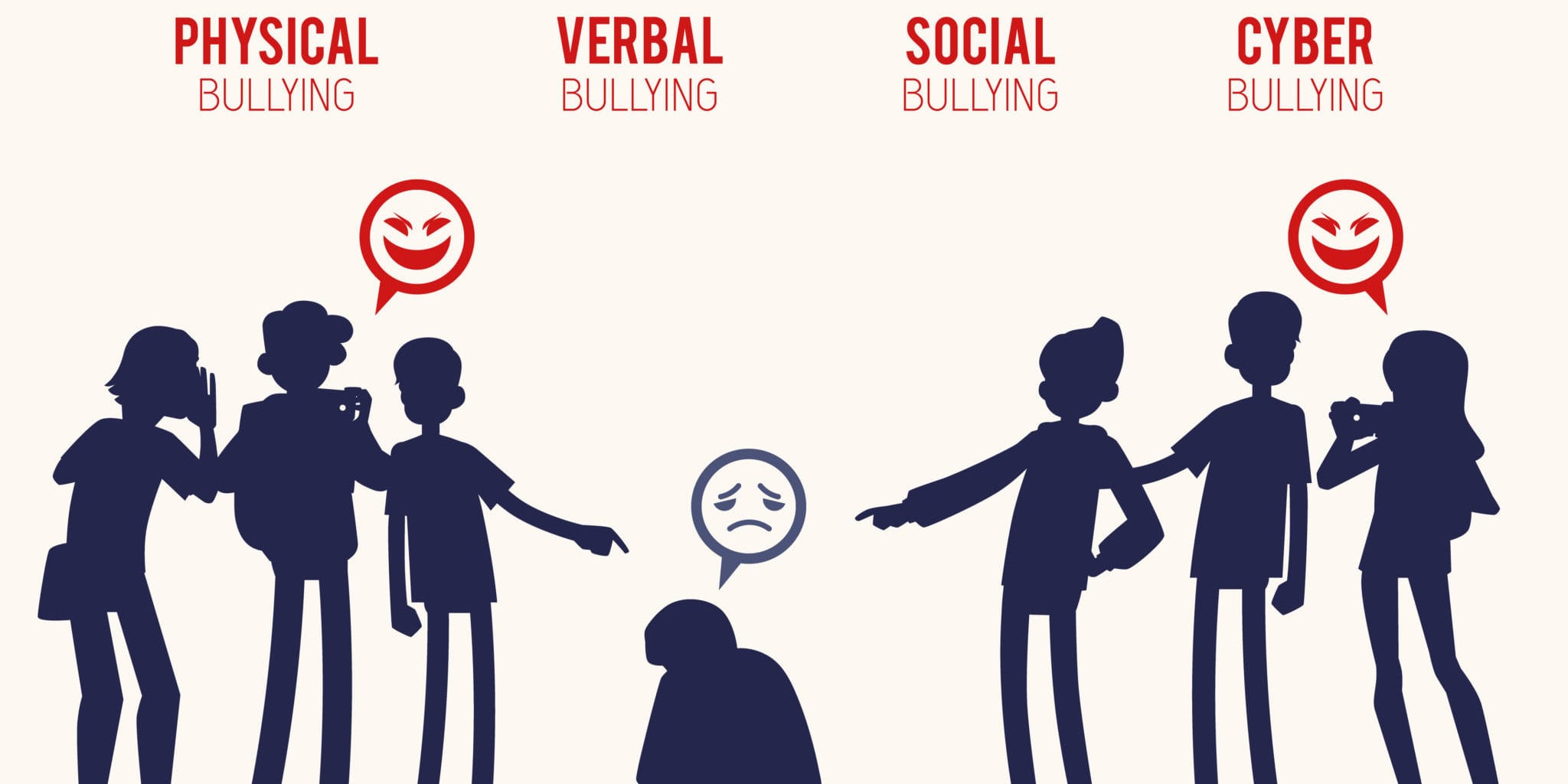
How can schools stop bullying before it starts? Prevention Programs
Schools can stop bullying before it starts by implementing comprehensive prevention programs that focus on creating a positive school culture, promoting social and emotional learning, training staff, and engaging students and parents in proactive strategies. Early intervention, clear policies, and consistent enforcement also play critical roles in minimizing bullying behaviors before they escalate. Understanding how schools can stop bullying before it begins is essential for educators, administrators, and communities striving to foster safe and respectful learning environments.
Preventing bullying requires a multifaceted approach. First, schools need to establish a culture of respect and inclusion where diversity is celebrated, and every student feels valued. This cultural foundation helps reduce the social triggers that often lead to bullying. When students are taught to appreciate differences and to practice kindness, there is less opportunity for bullying to take root.
Curriculum integration is key when considering how schools can stop bullying before it starts. Social and emotional learning (SEL) programs teach students skills such as empathy, conflict resolution, and effective communication. These skills empower students to manage difficult social situations constructively and decrease the likelihood that they will engage in bullying behavior or become victims. Frequently, schools incorporate lessons on kindness, respect, and digital citizenship to address both in-person and cyberbullying.

Staff training is another vital component. Teachers, administrators, and support personnel must understand the warning signs of potential bullying and know how to intervene early. Professional development focused on bullying prevention equips school staff to model appropriate behavior and to create classroom environments where bullying is not tolerated. When staff respond quickly and fairly to minor conflicts, it sends a strong message that bullying will not be accepted, which discourages escalation.
Clear anti-bullying policies are essential in the effort to stop bullying before it starts. These policies define unacceptable behaviors, outline steps for reporting and responding to bullying, and establish consequences for perpetrators. Consistent enforcement of these rules demonstrates the school’s commitment to safety and fairness. When students understand the boundaries and the seriousness of potential consequences, they are less likely to engage in bullying.
Engaging students themselves is a powerful strategy. Peer-led initiatives, such as mentoring programs and student ambassador groups, encourage young people to take ownership of their school climate. When students are active participants in promoting kindness and respect, bullying is less likely to occur. Empowering students to stand up for their peers and to intervene safely when they witness bullying further reduces harmful behaviors.
Parents and guardians also play a critical role in bullying prevention. Schools that communicate openly with families about bullying policies and prevention efforts build a team approach. Educating parents on recognizing signs of bullying and encouraging them to talk with their children helps create consistency between home and school expectations. Parent involvement in school activities promoting anti-bullying is another way to reinforce positive behaviors among all students.
In addition to these strategies, schools can implement proactive monitoring and support systems. For example, regular climate surveys can help identify areas where bullying is most likely to occur, allowing for targeted interventions. Providing mental health resources and counseling services supports both potential victims and students at risk of bullying others. Addressing underlying factors such as stress, trauma, or social difficulties contributes to the prevention of bullying.
Technology plays a dual role in bullying prevention. On one hand, schools need policies and supervision to manage cyberbullying effectively. On the other hand, digital tools like anonymous reporting apps give students a safe way to alert staff about bullying incidents before they escalate. Incorporating technology thoughtfully into prevention plans enhances overall effectiveness.
In conclusion, schools can stop bullying before it starts through a combination of fostering respectful school cultures, implementing social and emotional learning, training staff, enforcing clear policies, engaging students and parents, and using data and technology for early intervention. These comprehensive steps not only reduce bullying rates but also contribute to students’ overall well-being and academic success. By committing to proactive and inclusive prevention strategies, schools create safe spaces where all students have the opportunity to learn and thrive.
